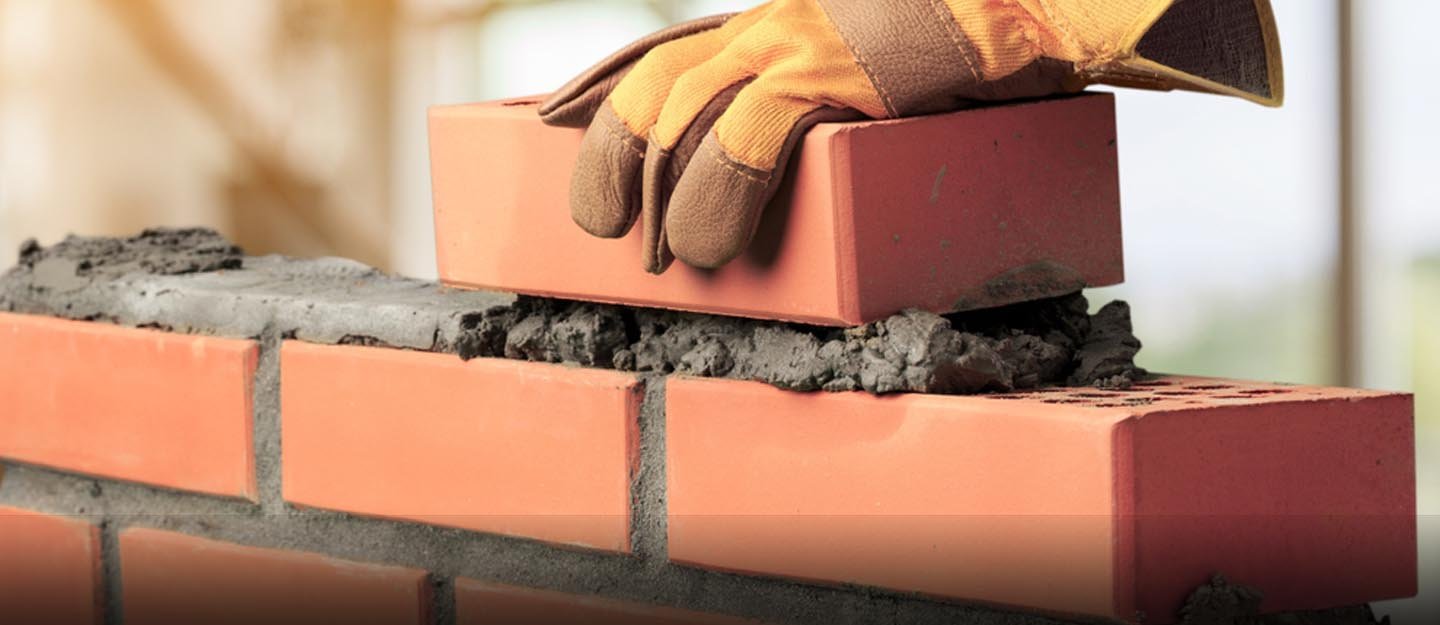Introduction:
Artificial grass is gaining popularity as a low-maintenance and eco-friendly alternative to natural grass. If you’re considering installing artificial grass, it’s essential to know the installation process and best practices to ensure a long-lasting and visually appealing outcome. In this article, we will guide you through the artificial grass installation process, from site preparation to maintenance.
Table of Contents
- Benefits of Artificial Grass
- Site Preparation
- Measuring the Area
- Removing Existing Grass and Debris
- Leveling the Ground
- Installing the Base
- Types of Base Materials
- Applying the Base
- Laying the Artificial Grass
- Choosing the Right Type of Artificial Grass
- Cutting the Artificial Grass
- Securing the Artificial Grass
- Finishing Touches
- Seaming and Joining
- Applying Infill
- Trimming and Shaping
- Artificial Grass Maintenance
- Brushing and Grooming
- Cleaning and Rinsing
- Dealing with Stains
- Artificial Grass Installation FAQs
Benefits of Artificial Grass
Before we dive into the installation process, let’s first talk about the benefits of artificial grass.
- Low Maintenance: Unlike natural grass, artificial grass doesn’t require mowing, watering, or fertilizing. This makes it an ideal option for those who want a green lawn without the hassle of maintenance.
- Durability: Artificial grass is designed to withstand heavy foot traffic, weather elements, and UV rays. It can last up to 25 years with proper care and maintenance.
- Cost-Effective: Although artificial grass installation can be expensive initially, it saves money in the long run as there’s no need for ongoing maintenance, watering, or fertilizing costs.
- Environmental Friendly: Artificial grass doesn’t require water or pesticides, making it an eco-friendly option that conserves water resources and reduces the use of harmful chemicals.
Site Preparation
The first step in artificial grass installation is site preparation. Follow these steps to prepare your site for artificial grass installation:
Measuring the Area
Measure the area where you want to install artificial grass to determine the amount of artificial grass and base materials required. It’s essential to measure accurately to avoid over or underestimating materials needed.
Removing Existing Grass and Debris
Remove any existing grass, weeds, or debris from the area to create a level surface for the artificial grass installation. You can use a sod cutter or a garden spade for this process.
Levelling the Ground
Level the ground to ensure a flat surface for the installation process. Use a rake or a shovel to level the ground and remove any bumps or unevenness.
Installing the Base
The base is the foundation for your artificial grass. The type of base material you use depends on the site’s soil conditions and the intended use of the area.
Types of Base Materials
- Crushed Stone: This is a commonly used base material for artificial grass installation. It’s inexpensive and provides excellent drainage.
- Aggregate Base: This is a more robust base material that’s ideal for areas with heavy foot traffic. It’s made of crushed rocks and provides excellent stability.
Applying the Base
Apply the base material evenly over the prepared ground, and make sure it’s compacted and levelled. The depth of the base material should be around 2-4 inches, depending on the type of base material used.
Laying the Artificial Grass
Now that the base is in place, it’s time to lay the artificial grass.
Choosing the Right Type of Artificial Grass
Select the right type of the Artificial grass. Choose a grass that will be cost effective and require low maintenance. Choosing grass can make your struggle free for the lawn or your garden.
Cutting the Artificial Grass
After selecting the right type of artificial grass, it’s time to cut it to fit the installation area. Measure and cut the artificial grass to fit the site’s dimensions, leaving some extra material to allow for trimming.
Securing the Artificial Grass
Once the artificial grass is cut to size, secure it in place using lawn staples or adhesive. Ensure that the seams are properly aligned, and there are no visible gaps.
Finishing Touches
After securing the artificial grass, it’s time to add the finishing touches to ensure a visually appealing and functional outcome.
Seaming and Joining
If the installation area requires more than one piece of artificial grass, it’s essential to seam and join the pieces correctly to avoid visible seams. Use specialized adhesive and seaming tape to ensure the seam is strong and unnoticeable.
Applying Infill
Infill is a layer of material applied over the artificial grass to provide cushioning, stability, and drainage. The type of infill material used depends on the site’s intended use and personal preferences.
Trimming and Shaping
Trim and shape the artificial grass to fit the site’s contours and edges. Use a utility knife or scissors to trim the edges and create a neat and tidy finish.
Artificial Grass Maintenance
Artificial grass requires minimal maintenance compared to natural grass. However, regular upkeep is necessary to ensure its longevity and functionality.
Brushing and Grooming
Brush and groom the artificial grass regularly to prevent matting and to keep the blades upright. Use a stiff bristle broom or a specialized artificial grass rake for this process.
Cleaning and Rinsing
Clean and rinse the artificial grass periodically to remove dirt, debris, and pet waste. Use a garden hose or a pressure washer to rinse the artificial grass thoroughly.
Dealing with Stains
In case of accidental spills or stains, clean the affected area immediately to prevent staining. Use a mild detergent and warm water to clean the stain thoroughly.
Artificial Grass Installation FAQs
How long does installation of artificial grass take?
The duration of the installation process depends on the size of the area and the complexity of the installation process. However, a standard installation usually takes one to two days.
Can artificial grass be installed over concrete?
Yes, artificial grass can be installed over concrete. However, proper site preparation and base installation are necessary to ensure a stable and durable installation.
How often should I clean my artificial grass?
It’s recommended to clean and rinse your artificial grass periodically to prevent dirt and debris buildup. The frequency of cleaning depends on the site’s location and usage.



